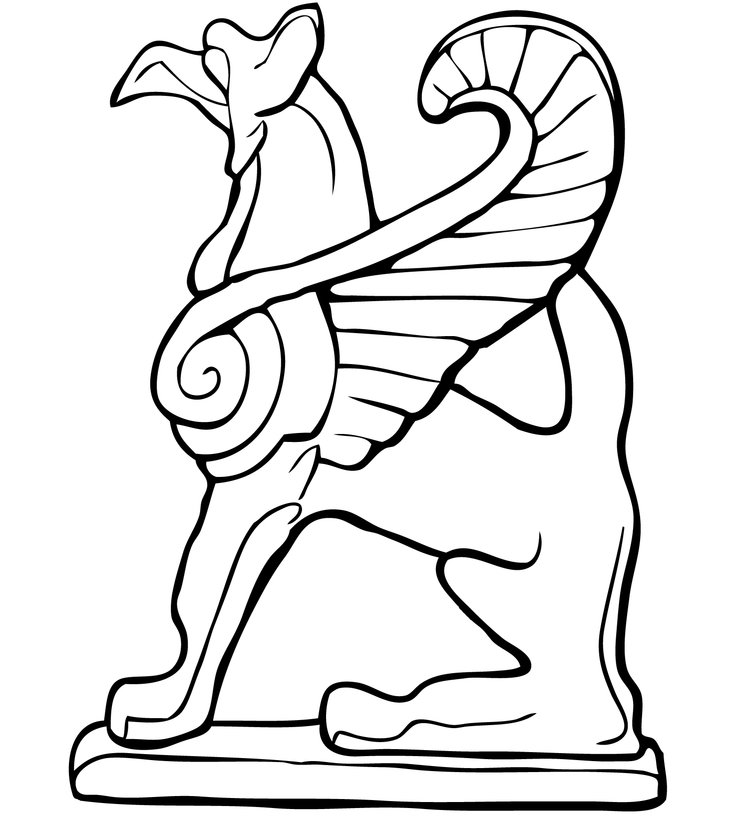2024 Field School
Our Program
2016 Season Participants
The Poggio Civitate Archaeological Field School is among the oldest and most well respected archaeological training programs in the world. Our program provides students and archaeology enthusiasts the opportunity to excavate at the site under the direction of a staff of professional archaeologists, conservators, illustrators, and photographers. Participants receive training in all aspects of fieldwork, including excavation and data collection, archaeological survey and drawing, objects conservation, illustration, photography, and cataloging. At Poggio Civitate, we believe that the best field experience is comprehensive. Students are encouraged to work directly with directors of excavation units, follow artifacts from discovery through conservation and into cataloging. Most of our participants come with no field work experience – many have never even taken an archaeology or classics course –and by the end of the season, we believe, each comes away with a foundation in Etruscan Archaeology and field methods, as well as a rich appreciation for Italy and rural Italian culture.
Work on site or in the laboratory (called the Magazzino) will constitute the majority of your “classroom” experience. Participants will work side by side with professional archaeologists, conservators and other members of the excavation team on projects integral to the functioning of the dig as a whole. While the majority of this time will be spent on the hill, working in the trenches, there is a weekly rotation into the Magazzino where students will work in conservation, data entry, photography, cataloging or illustration.
Fieldwork and excavation experiences are supplemented by lectures and a more traditional educational program. Weekly lectures by Professor Tuck or other members of the excavation staff cover a broad range of topics, from a general history of Etruria to the Social and Political implications of Bucchero pottery from Poggio Civitate. Visits to the museum that houses material from our excavation, as well as other regional museums occur frequently. There is also ample free time, including weekends, for participants to explore the Commune of Murlo, Tuscany, and further afield in Italy.
Excavation
Kristen Santee and Kate Kreindler in the Field
Students work under the instruction of our trained field staff, with decades of combined excavation experience, and take part in all aspects of digging. Everyone will work in a trench (or excavation unit) for a week at a time, which allows you to track the progress of work in the area. Tasks in the field will range from pick axing to brushing, and everything in between. Participants come away with a hands-on experience and appreciation for the physical work, as well as detailed record-keeping necessary to successfully document excavation.
Conservation
Conservator Steve Miller working with Field School Students
The Poggio Civitate Excavation Program allows students to explore and participate in all aspects of archaeological excavation. One of the most important aspects of this comprehensive experience involves training in materials conservation. Under the direction of a team of experienced conservators led by Chief Conservator Steven Miller, students learn basic techniques of conservation through hands-on, experienced based learning. Over the course of a given summer, students work with ceramics, architectural terracotta, organic material and metal finds from the site, stabilizing materials, preparing them for documentation and incorporation into the excavation catalog.
Photography and Aerial Photography
Ryan Baker and an ArchAerial Drone
Participants with an interest in photography can work with members of the excavation team to learn archaeological photography and photo editing. All cataloged artifacts are photographed and loaded into the database. Additionally, students can work with on-site photography, learning the various factors needed to take documentary photographs in the natural environment. Recently, we have partnered with ArchAerial, and brought Aerial photography to the site through the use of quad-copters for both locus photographs, as well as larger-scale photographic documentation.
Hilary Brame of RISD
Illustration
Jean Blackburn of the Rhode Island School of Design (RISD) heads our Archeological Illustration Program. Students from RISD, as well as participants with an interest in architecture and illustration, add to the corpus of recorded information through the documentation of artifacts by measured drawings, reconstructions, and site plans.
3D Modeling and Printing
Most Recently, we have begun to use 3d Scanning to build our database of material culture recording. We are also using a ForceForge 3D Printer to begin to look at how technology can help our understanding of artifacts through dissemination abroad, especially for material which is unable to travel outside of Italy.
Geospatial Research and Archeometry
In recent years, a number of techniques have evolved for archaeologists to more effectively interrogate evidence from archaeological excavations. At Poggio Civitate, we have adopted a number of such strategies in order to better understand several issues concerning life at the site.
Researchers have begun work on the collection of elemental data of clays and ceramics from Poggio Civitate using X-Ray Fluorescence, a technique that provides systematic data concerning the chemical make up of such materials. Through the collection and comparison of this information, it is possible to both identify locally produced ceramics, but also to shed light on several important questions related to trade, internal distribution and even literacy at the site.
We have have also embraced the use of a number of new techniques that allow us to better visualize the relationship of the site's architecture within its surrounding landscape as well as to understand the relationship between Poggio Civitate and its hinterland. These means of representing data provide new and dynamic ways to both express theories and develop new ideas concerning the social organization of the site?s and its territory.





